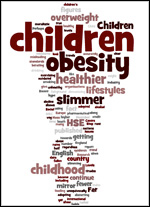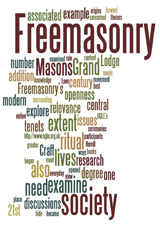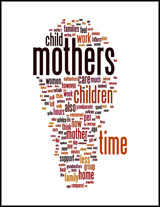Code of Practice / Guidelines on Science and Health Communication.
Prepared by the Social Issues Research Centre in partnership with the Royal Institution – Sept 2000
Rationale
Q: Why does it matter how health and science issues are reported?
A: It matters because misleading information is positively dangerous: it can even cost lives
- There is a natural and inevitable tension between journalists and groups of professionals whose activities are the subject of widespread publicity.
- No-one expects journalists and politicians always to agree on the way politics should be reported, and some difference of perspective and emphasis between journalists and the science community is similarly to be expected.
- There is, however, a significant amount of common ground. All responsible journalists and all responsible scientists can agree, without prejudice to their editorial and professional freedoms, that the interests of the general public should always be paramount.
- Information which is misleading, as well as information which is factually inaccurate, can cause real distress to vulnerable groups. At worst, it can even be argued that misleading information resulting in unjustified behavioural changes (e.g. reluctance to undergo vaccination because of a scare) can cost lives.
In the context of health and science reporting, we recommend that a simple hypothetical question should be used by both journalists and scientists as a rule of thumb to help judge where the public interest lies.
The hypothetical question is as follows:
You are a scientist about to be interviewed on research results you believe to be important. Or you are a journalist responsible for the reporting of the same research results.
Imagine you have a relative or close friend who is sensitive or vulnerable to information about a particular topic (for example, a cancer patient or a parent considering a vaccination for a child).
If the only source of information available to that relative or close friend was the interview you are about to give or the report you are about to publish, would you feel comfortable with the way you propose to characterise and interpret the story?





